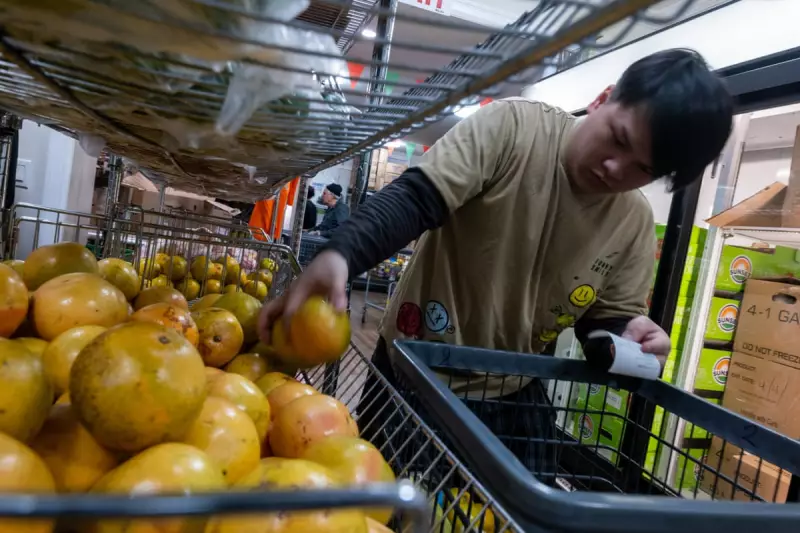
New York's vital food bank network is facing an unprecedented emergency that threatens to leave thousands of the city's most vulnerable residents without access to basic nutrition. Multiple food distribution centres across the city have been forced to suspend operations indefinitely, creating what charity leaders are calling a "catastrophic situation" for low-income families and individuals.
The Perfect Storm: Soaring Demand Meets Dwindling Resources
The crisis has been brewing for months, driven by a dangerous combination of factors that have pushed the emergency food system to breaking point. Food bank directors report that demand has surged to record levels while simultaneously, their traditional supply channels have dramatically shrunk.
"We're seeing families who never imagined they'd need food assistance now lining up for help," explained Maria Rodriguez, director of one of the affected Brooklyn food banks. "The economic pressures on working people have become unbearable, and our resources simply can't keep pace."
Immediate Consequences for Vulnerable Communities
The shutdown is having immediate and severe consequences:
- Senior citizens on fixed incomes are facing impossible choices between food and medication
- Working parents are skipping meals to ensure their children can eat
- Students from low-income households are losing access to weekend meal programmes
- Homeless shelters and community centres are reporting critical shortages
Systemic Failures Compound the Crisis
Behind the immediate emergency lies a deeper structural problem. Food bank operators point to several systemic issues that have contributed to the current situation:
- Funding gaps in government support programmes have left organisations scrambling to fill the void
- Supply chain disruptions have reduced donations from supermarkets and food manufacturers
- Rising operational costs make it increasingly difficult to maintain distribution networks
- Staff burnout and volunteer shortages have stretched remaining resources to breaking point
Emergency Response Efforts Underway
Community organisations and local officials are scrambling to develop stopgap measures, but acknowledge these are temporary solutions to a deepening crisis. Emergency meetings between city officials, charity leaders and corporate donors are underway to develop a coordinated response.
"This isn't just a food issue - it's a public health emergency," warned Dr. Benjamin Carter, a public health expert at Columbia University. "When people don't have access to adequate nutrition, we see cascading effects on physical health, mental wellbeing and children's development."
The Human Cost of Food Insecurity
Behind the statistics are real stories of struggle and resilience. Single mother of three, Jessica Miller, described the anxiety of not knowing where her family's next meal will come from: "I work two jobs, but after rent and bills, there's often nothing left for groceries. The food bank was my safety net - now I don't know what we'll do."
As New York grapples with this escalating crisis, community leaders are calling for immediate action and long-term solutions to address the root causes of food insecurity in one of the world's wealthiest cities.





